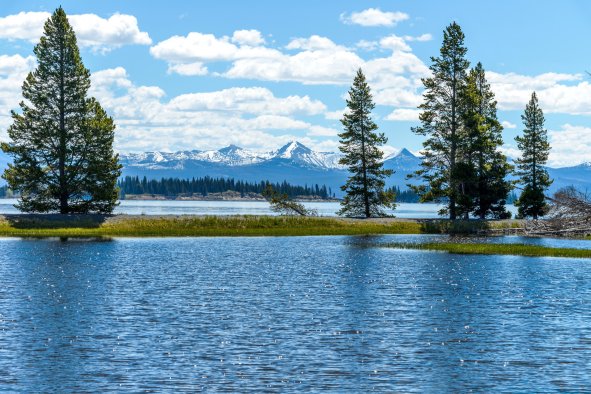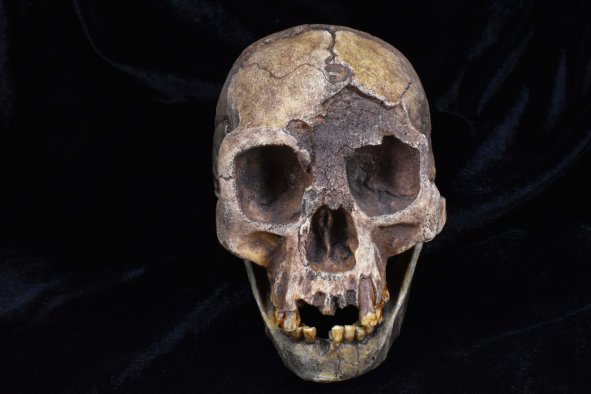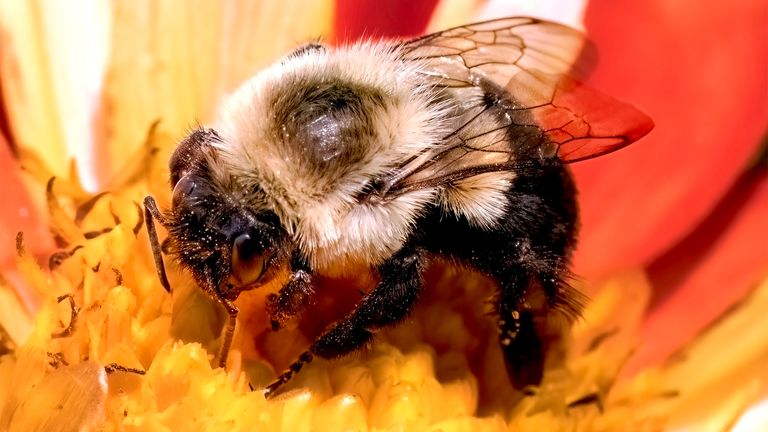Stargazers are in for a treat this weekend, as the annual Lyrids meteor shower is due to peak in the next few days.
The shower will be at its strongest on the nights of April 21 and 22, but began on April 15 and will run until around April 29.
At its peak, observers can hope to see up to 18 meteors lighting up the night sky every hour.
How to Watch the Lyrids Meteor Shower
The meteors of this shower will appear to come from the constellation of Lyra, which is visible best from the Northern Hemisphere.
Viewing conditions for the Lyrids depend largely on the moon's phase, as less moonlight means darker skies and a better viewing experience. Unfortunately, as the full moon falls on April 23, the moon will be very bright in the skies during the peak. The best observation of the Lyrids will therefore be after the moon sets and dawn breaks.
NASA advises that hopeful observers should choose a location far from urban and street lighting, facing eastward. Allow about 30 minutes for your eyes to adjust to the darkness.
"The best time to see these is after midnight on a moonless night, with as little light pollution as possible," Don Pollacco, an astronomy professor at the University of Warwick in the U.K., said in a statement.
Another meteor shower is due to start up in the next few days as well: the Eta Aquariids meteor shower starts on April 19, and runs until May 28, peaking on May 6.
What Are the Lyrids?
The Lyrids meteor shower is one of the oldest recorded and has been observed for more than 2,600 years. This shower, which occurs every year in late April, is famed for having bright and fast-moving meteors showering to Earth, with 10 to 20 usually being seen per hour. In some years, the shower has brought up to 100 meteors per hour, such as in 1945 and 1982.
These meteors originate from dust particles left behind by comet C/1861 G1 Thatcher, which orbits the sun around once every 415 years.
"Comets are 'dirty snowballs'; they're a mix of ice, rock, and maybe some metals. And they move around the Sun on highly elongated orbits," Jonti Horner, an astrophysics professor at the University of Southern Queensland, Australia, told Newsweek.
As a comet like C/1861 G1 Thatcher gets closer to the sun, its surface heats up. This results in the ice sublimating into plumes of gas, which rip off particles of dust and debris, leaving a trail of material splayed behind it in space.
"As they orbit close to the sun, the heat causes the ice to vaporize and release dust and small rocky particles. And this debris spreads along the comet's orbit, forming a trail. When Earth passes through this trail, the particles enter our atmosphere at high speeds, burning up and creating visible streaks of light – this is what we call a meteor shower," Minjae Kim, a research fellow in astronomy and astrophysics at the University of Warwick, told Newsweek. "The intensity of a meteor shower can be determined by the density of the debris and Earth's path through it."
Other meteor showers are also caused by the Earth passing through the trail of debris left by a comet: the Perseids are a result of Comet Swift-Tuttle's trail, while the Orionids are caused by Comet 1P/Halley.
Do you have a tip on a science story that Newsweek should be covering? Do you have a question about meteor showers? Let us know via science@newsweek.com.
Disclaimer: The copyright of this article belongs to the original author. Reposting this article is solely for the purpose of information dissemination and does not constitute any investment advice. If there is any infringement, please contact us immediately. We will make corrections or deletions as necessary. Thank you.



